Liposuction: Cost, Side Effects, Risks, Recovery, Before & After Photos
Liposuction, or simply lipo, is a type of fat-removal procedure used in plastic surgery. It uses a suction technique to remove fat from specific areas of the body, such as the abdomen, hips, thighs, buttocks, arms, under the chin, nick or face. Liposuction can also be performed in conjunction with other plastic surgeries, including a facelift, breast reduction, treatment of gynecomastia and tummy tuck. The procedure may be performed under general, regional, or local anesthesia. It involves using a cannula and negative pressure to suck out fat.
What should you know before and after taking the procedure?
before
1. Cost.
The average cost of liposuction is $3,548, according to 2019 statistics from the American Society of Plastic Surgeons. This average cost is only part of the total price – it does not include anesthesia, operating room facilities or other related expenses.
2. The procedure does not remove cellulite, dimples, or stretch marks.
The aim is esthetic. It suits those who wish to change and enhance the contour of their body.
3. You need to be in good health.
Liposuction is a surgical procedure, and with it comes risks. So you need to be in good health before you get it. That means you must be at least within 30% of your ideal weight, have firm, elastic skin and not smoke.
4. Drug check.
If you use aspirin and anti-inflammatory drugs regularly, you should stop taking them at least 2 weeks before surgery.
5. If you take contraceptive pills.
Women may be asked to stop taking the contraceptive pill.
6. If you have anemia.
Patients with anemia may be asked to take iron supplements.
7. Talk to your insurance company.
Because liposuction is a cosmetic procedure, most health plans don’t cover it. Talk to your insurance company and your surgeon about the costs and payment options, as well as who pays if you have any complications.
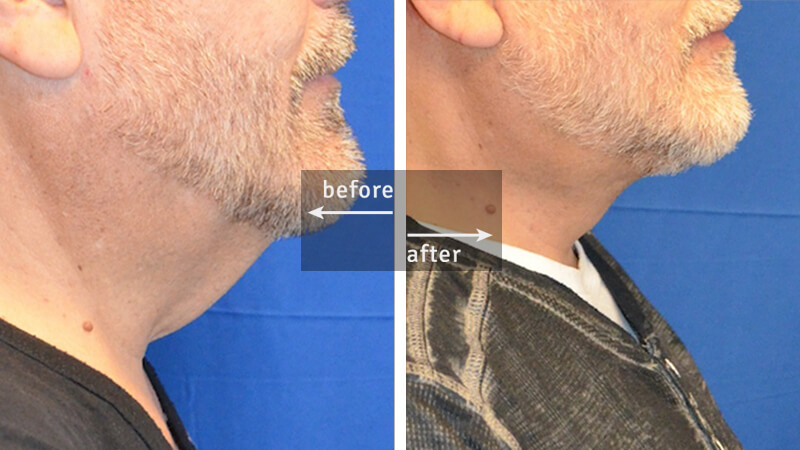
© Jon Ver Halen, MD, Colleyville, TX
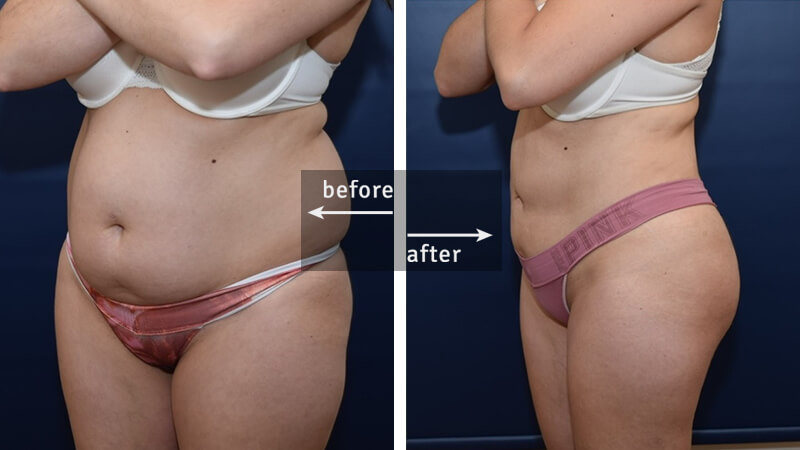
© Michael Dobryansky, MD, FACS, Garden City, NY
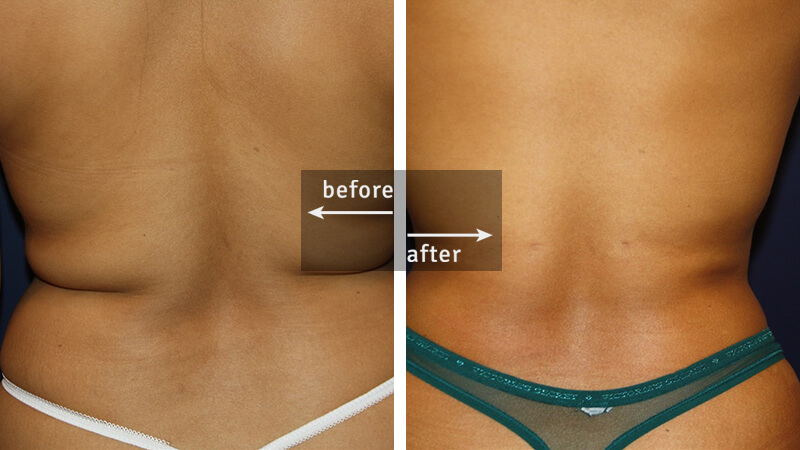
© Larry Weinstein, MD, Chester, NJ
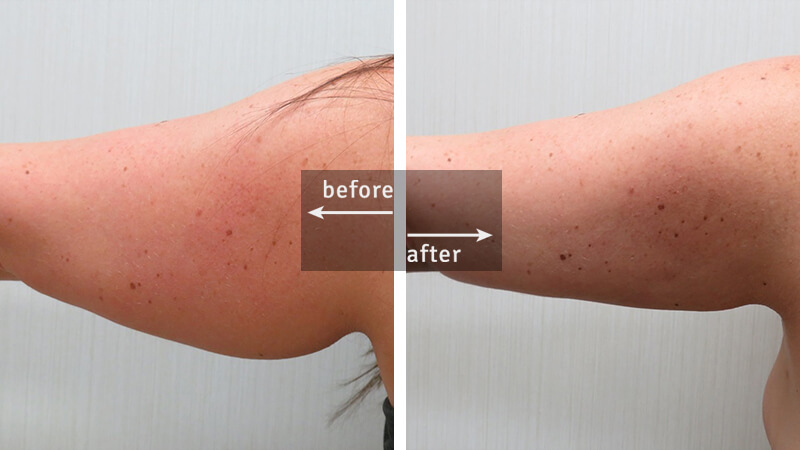
© Richard Greco, MD, Savannah, GA
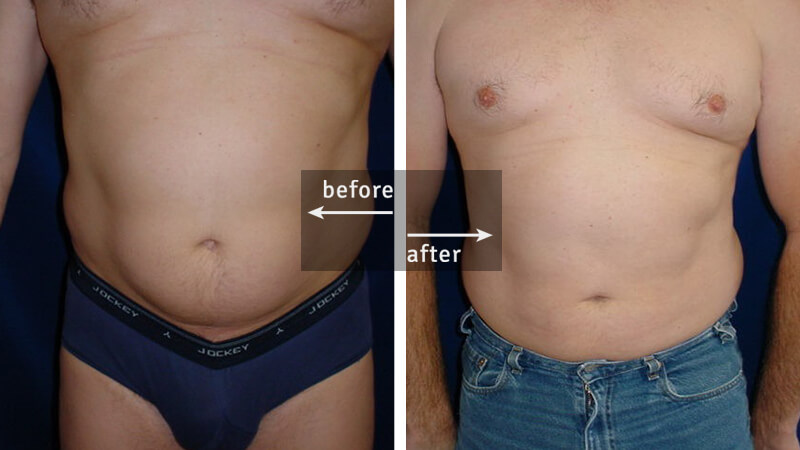
© Thomas McNemar, MD, Tracy, CA
after
1. Anesthetic.
Those who have a general anesthetic usually spend the night in hospital. Those who had a local anesthetic may be able to leave hospital on the same day.
2. Support bandages.
Either an elasticated support corset or bandages will be fitted for the targeted area.
3. Antibiotics.
Antibiotics may be given immediately after the operation.
4. Painkillers.
Analgesics can help relieve pain and inflammation.
5. Common side effects associated with surgery.
- Bleeding
- Complications from anesthesia
- Shock (usually from not getting enough fluid during surgery)
- Fluid accumulation (pockets of fluid forming under the skin)
- Infections (strep, staph)
- Fat embolism (when tiny pieces of fat break away and block blood flow)
- Burns from instruments
- Uneven fat removal
- Reactions to lidocaine
- Change in skin sensation; numbness
- Damage to nerves, blood vessels, muscles, lungs, and abdominal organs
6. Stitches.
The surgeon will remove the stitches in a follow-up appointment.
7. Swelling typically subsides within a few weeks.
After liposuction, swelling typically subsides within a few weeks. By this time, the treated area should look less bulky. Within several months, expect the treated area to have a leaner appearance.
8. Liposuction results are generally long lasting as long as you maintain your weight.
It’s natural for skin to lose some firmness with aging, but liposuction results are generally long lasting as long as you maintain your weight. If you gain weight after liposuction, your fat distribution may change. For example, you may accumulate fat around your abdomen regardless of what areas were originally treated.
9. Follow a diet to keep your new shape after surgery.
To keep your new shape after surgery, follow a diet that includes lots of lean protein, fruits and vegetables, whole grains, and low-fat dairy. And exercise regularly.
Source: webmd.com, mayoclinic.org, medicalnewstoday.com





